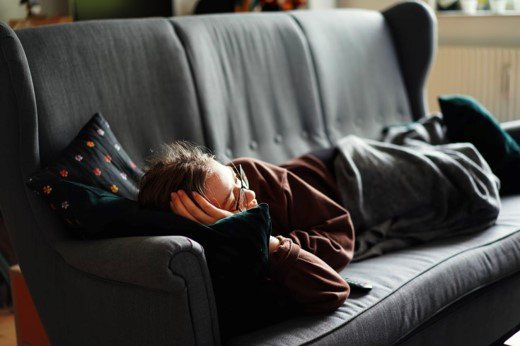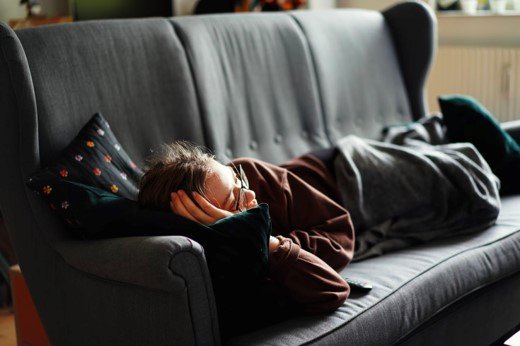National Napping Day: Heres how take the perfect nap


We’ve all been there, woken up feeling exhausted, tried to make it through the day but can’t resist the temptation to take a quick nap.
Despite being seen as a trait of being lazy, napping does have many benefits If done properly and for the right reasons, naps can aid memory, help regulate emotions and improve our overall mood, improve reaction times, and of course reduce tiredness.
If you are someone that simply cannot get enough sleep due to being busy, such as a shift worker, having a nap can help. It is a myth that people should get their recommended sleep in one solid block.
If you have four hours here and four hours elsewhere that will still be beneficial.But getting a nap right isn’t necessarily the easiest thing to do, and sneaking in a sleep during the day can have its drawbacks if you’re not careful. Including sleep inertia, that feeling of grogginess and disorientation after waking up from a nap. You might also experience nighttime sleep problems if you continue to nap incorrectly.
Short naps generally don’t affect nighttime sleep quality for the majority of people. But if you are someone who struggles with insomnia or poor sleep quality at night, long naps may worsen these problems.
With the help of their sleep expert Dr Lindsay Browning, luxury bed retailer And So To Bed here are their top tips on how to take the perfect nap and even better, wake up with energy after.
1. Decide the length of your nap before nodding off
The length of time you decide to nap plays an important role in how you feel post-nap. To ensure you don’t wake up groggy after a nap either stick to a short 20-minute nap or a longer nap of at least 1 hour 30 minutes. The body has sleep cycles of one and a half hours meaning that if you wake up in the middle of this cycle during the deep sleep phase you will feel worse than you did before the nap.
Set an alarm for your wake up time prior to falling asleep. This will ensure you don't nap into another sleep cycle.
2. Take naps in the early afternoon
Deciding when to take your nap is important. Napping late in the afternoon can interfere with your nighttime sleep. If your normal bedtime is around 11 pm then you shouldn’t be napping any later than 2 pm. Napping past this time can throw your bedtime routine off and you may struggle to fall asleep.
3. Create a restful environment
As with falling asleep at night, creating the right environment for your nap is important. You should try and nap in a quiet, dark place with a comfortable room temperature and few distractions. You may find using an eye mask helps if you are napping in daylight.
Although a recent study found 29% of Brits admitted to taking a nap while working from home, you should try to avoid taking naps at your desk or on the sofa. Ideally, you should be taking naps in your bed because your body is already used to sleeping there, which can aid dropping off.
4. Avoid unintentional naps
This may be hard to resist, especially when cosied up on the sofa watching a film. However, unintentional napping whilst on the sofa can really reduce your sleep drive and make you less likely to sleep at night because you already had sleep close to your bedtime.
Falling asleep in front of the TV can also interfere with your sleep due to the light from electrical devices. The blue light emitted by electronic devices, such as smartphones, televisions, handheld consoles and laptops, imitate daylight, this therefore can suppress melatonin production- our sleep-promoting hormone.
5. Give yourself time after a nap
After napping, you may feel a little disoriented so make sure you give yourself some time to wake up before resuming activities, particularly those that require a quick or sharp response such as driving.
- 14th March 2022


